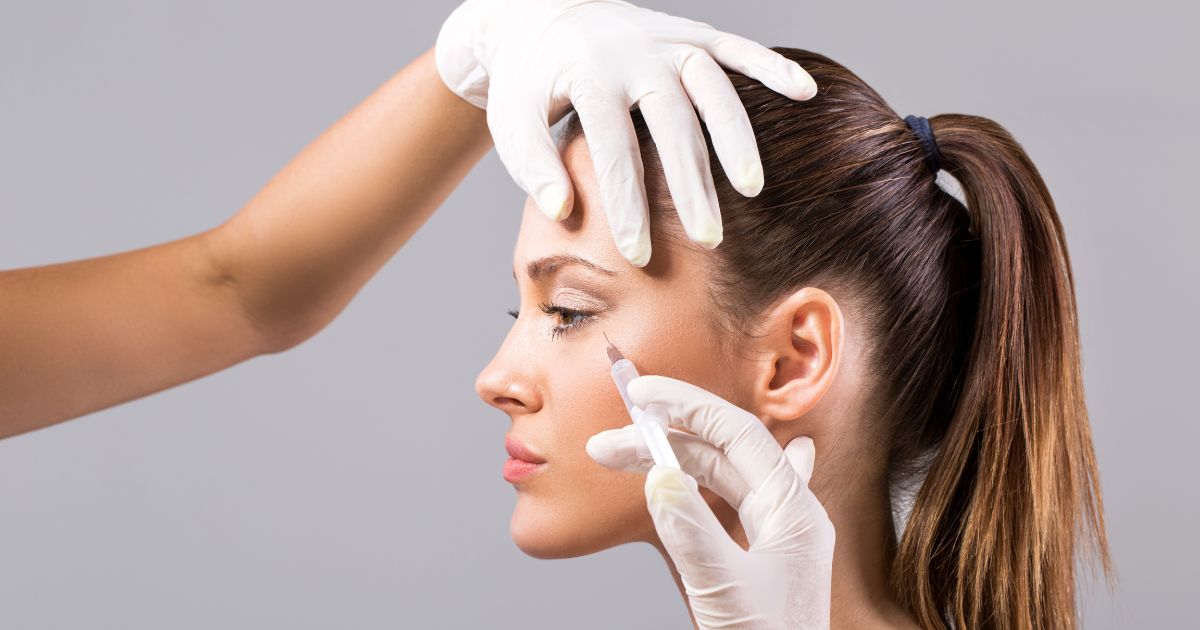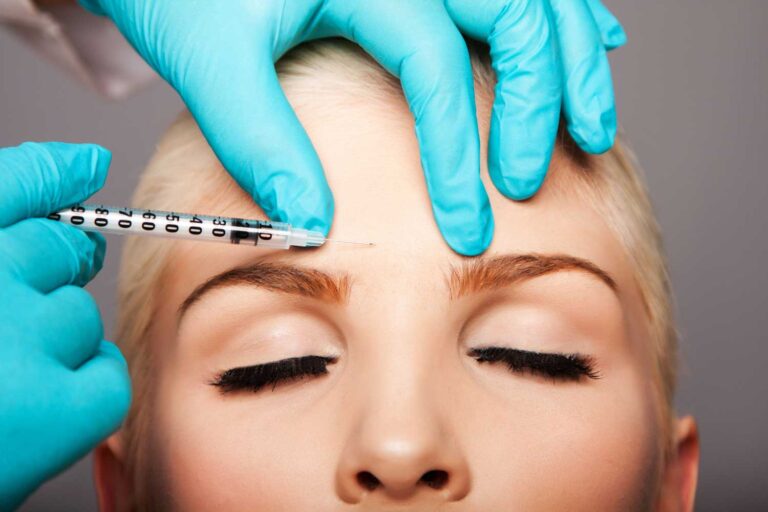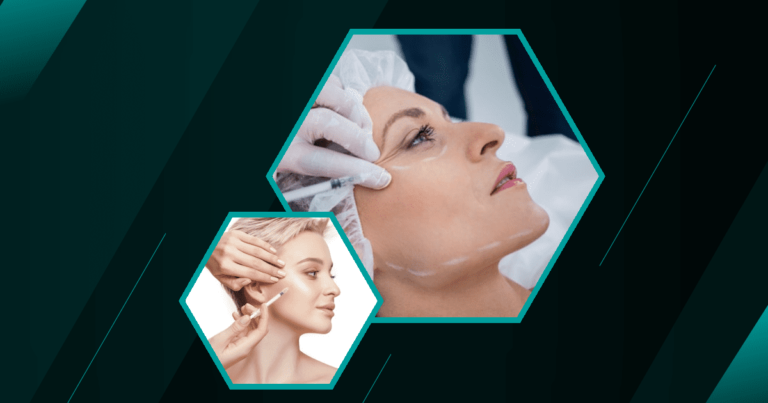Thousands of people worldwide suffer from migraine headaches.
Since it became safe and effective in recent years to prevent or lessen migraine attacks, Botox injections have gained popularity in relieving migraine pain, known as Migraine Relief with Botox.
Botox works by paralyzing the muscles in the head and neck that can trigger migraines, providing relief for many patients.
However, it’s essential to understand the duration of the treatment’s effects and what to expect before opting for Migraine Relief with Botox solution. This article will discuss the effects of Botox on migraines and what to anticipate after the procedure.
Book A Consultation With Dr Tarek Bayazid
Top-rated Plastic Surgeon For Botox in Dubai
Installment Plan Available
Is Migraine Relief with Botox Possible
Botox, derived from botulinum toxin type A, is a purified protein. Injected into specific head and neck regions, it mitigates migraine pain. A hormone that helps the nervous system relay pain signals, is blocked by Botox. By disrupting these signals, Botox reduces migraine frequency and severity. Migraines cannot be cured by Botox, but it can control their symptoms and provide relief.
How Long Does Botox Last for Migraines?
The duration of Botox’s migraine relief varies, although it usually lasts three to six months. The length may shorten, requiring more frequent treatments. Patients frequently report reduced migraine frequency, duration, and intensity after two weeks of starting medication, however, you may not notice a difference for up to six weeks.
What to Expect During the Botox Treatment
Botox’s quick and minimally invasive migraine treatment takes 15 to 30 minutes. Depending on migraine severity and location, your healthcare provider injects Botox into targeted muscles with a fine needle, with 30 to 40 injections per session. Your provider may apply a topical anesthetic or ice pack to minimize discomfort.
Potential Side Effects
Despite Botox injections’ reputation for safety and well-tolerance, there are a few possible adverse reactions.
Most of these side effects are transient and minor. Some of the most common side effects include:
Bruising
At the injection site, you might bleed a little bit; this should go away in a few days.
Chills and fatigue
Some patients may experience flu-like symptoms, such as chills and fatigue, after their Botox treatment in Dubai. A few days later, these symptoms should go away on their own.
Dry mouth
The side effect of Botox injections is usually temporary and disappears on its own.
Neck stiffness
You may experience mild neck stiffness after your Botox treatment, but this symptom should subside within a few days.
It is essential to discuss any concerns or potential side effects with your healthcare provider before undergoing Botox treatment for migraines. You can discuss Botox treatment options with your provider and minimize possible side effects.
See related: Botox Eyebrow Lift
Preparing for Botox Treatment
It is important to prepare for Botox treatment if you and your healthcare provider have decided it is the right choice for managing migraines.
Discuss medications and supplements
Inform your doctor about all medications and supplements you are taking.
They may recommend adjustments or discontinuation before the treatment to minimize potential interactions or side effects.
Avoid alcohol and anti-inflammatory medications
For a week before the treatment, refrain from drinking alcohol and taking anti-inflammatory medications.
This reduces the risk of bruising and bleeding at the injection sites.
Keep a migraine diary
The frequency, duration, intensity, and frequency of your migraines can all be tracked to help your healthcare provider tailor the Botox treatment for you.
Be prepared to give the treatment time to take effect and discuss any concerns with your healthcare provider.
Aftercare: Making the Most of Your Botox Treatment
To maximize the benefits of Botox treatment for migraines and minimize potential side effects, follow these aftercare tips:
Avoid rubbing or massaging the injection sites
This helps prevent Botox migration, which can cause unintended side effects such as eyelid drooping.
Stay upright
For at least four hours after the treatment, avoid lying down to ensure that Botox remains in the targeted muscles.
Take it easy
For a day or two after Botox treatment, rest and avoid strenuous activities.
Stay hydrated
Water helps flush out toxins and supports the healing process of your body.
Follow-up appointments with your healthcare provider are crucial to assessing your progress and adjusting your treatment plan.
Conclusion
Botox can provide migraine sufferers with a promising, non-invasive migraine treatment option.
In general, Botox provides lasting migraine relief, usually lasting between three and six months, by blocking the transmission of pain signals in the nervous system.
A qualified healthcare provider can help you determine whether Botox is a suitable option for you before undergoing treatment.
You can get assistance from your provider on what to expect during treatment and how to minimize potential side effects.
Several patients have reported significant relief from chronic migraines after receiving Botox.
The benefits, potential risks, and expected outcomes of any medical treatment must be understood thoroughly before undertaking it.
Do you want to experience the benefits of Botox and migraine relief?
Request a quote from Dr. Tarek Aesthetics today and take the first step towards a life with fewer migraines. Let our expert team guide you through the process.






